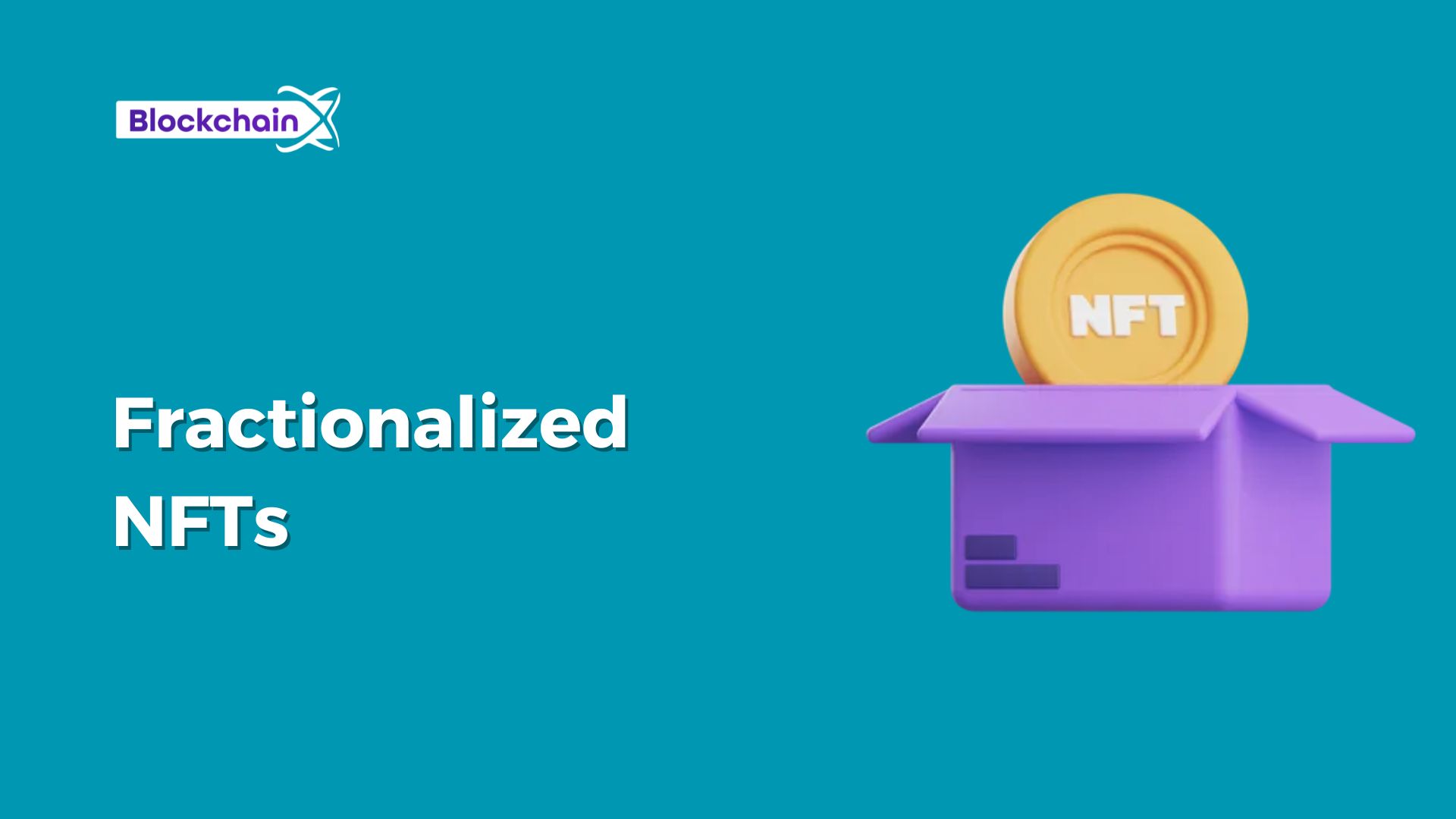Introduction :
The world of digital collectibles has witnessed a revolutionary development known as Fractionalized Non-Fungible Tokens (NFTs). These unique assets, which have gained tremendous popularity in recent years, are now undergoing a transformative shift that introduces fractional ownership. Fractionalized NFTs enable multiple individuals to collectively own a fraction of a single NFT, allowing broader access and investment opportunities for a wider audience. This article delves into the concept of fractionalized NFTs, exploring their implications, benefits, challenges, and potential impact on the digital collectibles market.
Understanding Non-Fungible Tokens :
To comprehend fractionalized NFTs, it is crucial to understand the foundation on which they are built: Non-Fungible Tokens. NFTs are blockchain-based digital assets that represent ownership or proof of authenticity of a unique item, whether it be art, music, virtual real estate, or other collectibles. Unlike cryptocurrencies, such as Bitcoin or Ethereum, which are fungible and interchangeable, NFTs are indivisible and possess distinct properties that make them irreplaceable and one-of-a-kind.
Introduction to Fractionalized NFTs :
Fractionalized NFTs aim to democratize access to high-value digital assets by dividing their ownership into smaller, more affordable shares. This division enables investors or collectors with limited resources to participate in the ownership and potential appreciation of valuable NFTs that would otherwise be out of their reach.
The fractionalization process involves the creation of a separate token, usually ERC-20 tokens, representing ownership in the underlying NFT. These tokens are then distributed among investors proportional to their investment, granting them fractional ownership rights. This allows for the trading and transfer of fractionalized NFT shares on decentralized marketplaces or specialized platforms, introducing liquidity and enhancing market dynamics.
Benefits of Fractionalized NFTs :
Fractionalized NFTs offer several notable benefits for both collectors and investors. First and foremost, they break down barriers to entry, making high-value NFTs accessible to a broader audience. By pooling resources, individuals can collectively own a valuable NFT, enjoying the associated benefits such as exposure to rare digital art, potential appreciation, and engagement with a vibrant community.
Furthermore, fractionalized NFTs provide enhanced liquidity and flexibility. Investors can buy or sell fractionalized shares without the need to sell the entire NFT. This liquidity unlocks new possibilities, allowing investors to diversify their portfolios or exit investments more easily, without being limited to the traditional illiquid nature of owning a complete NFT.
Fractionalization also introduces a new level of governance. Token holders can collectively decide on the fate of the NFT, including potential sales, exhibitions, or collaborations. This democratic approach empowers the community and adds a layer of decentralization to the decision-making process.
Challenges and Considerations :
While fractionalized NFTs bring numerous advantages, they also come with challenges and considerations. One primary concern revolves around the underlying value of the NFT. Fractionalization may dilute the perceived value of the original asset, potentially affecting its market value. Additionally, the value of a fractionalized NFT depends heavily on the liquidity and trading activity within the marketplace. If the demand for fractionalized shares decreases, the overall value may be impacted.
Another consideration lies in the complexity of managing fractional ownership. As multiple individuals hold shares of an NFT, fractionalizing nft decisions regarding the asset's display, storage, or sale may require consensus or voting mechanisms. Implementing efficient governance protocols becomes crucial to avoid conflicts and ensure smooth decision-making processes.
Regulatory and legal frameworks surrounding fractionalized NFTs are still evolving, adding further complexity. Jurisdictional challenges, taxation issues, and investor protection concerns need to be addressed to foster a safe and regulated environment for fractionalized NFTs.
Conclusion :
Fractionalized NFTs are revolutionizing the digital collectibles landscape, providing new opportunities for both collectors and investors. By breaking down ownership into smaller shares, these tokens enable broader access to valuable assets and unlock liquidity in the market. However, challenges remain, including maintaining the perceived value of fractionalized NFTs and establishing robust governance frameworks.
As the concept of fractionalized NFTs continues to evolve, it is essential for stakeholders, including creators, collectors, investors, and regulators, to collaborate and address these challenges collectively. By doing so, they can harness the potential of fractionalized NFTs to democratize ownership, enhance liquidity, and shape a sustainable and inclusive digital collectibles market for the future.






